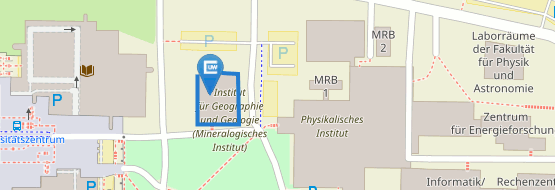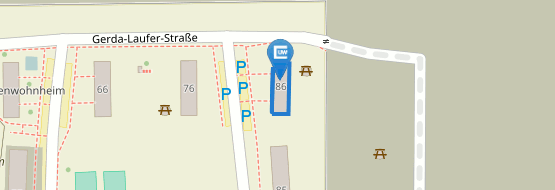Khorezm
The interdisciplinary project "Economic and Ecological Restructuring of Land and Water Use in the Region Khorezm, Uzbekistan" (www.khorezm.uni-bonn.de) is funded by the German Ministry for Education and Research (BMBF).The core project is conducted by the Center for Development Research (ZEF) in Bonn. The German Remote Sensing Data Center (DFD) at DLR together with the department of Remote Sensing isresponsible for the GIS and remote sensing components of the project.
The project focuses on the difficult economic and ecological situation in the floodplains of the Amu Darja River, which has been widely used for large scale cotton and rice production under irrigation since the Sowjet period.Declined and missing infrastructure, high groundwater level, salinity problems, and decreasing yields are only four problems of a complex situation, which requires a multi-disciplinary approach when looking for solutions.Joint research in the fields of ecology, economy, and social science is expected to be a basis for proposing and implementing integrated solutions.
The initial phases (2002-2006) addressed the analysis and understanding of the present ecological and economical interrelations. Trials were conducted on different levels, from field to districts and various subjects, from agriculture to economy. Starting with the third phase in 2007 the project focuses on integrating the knowledge and an innovation spreading in entire Khorezm.
The Department of Remote Sensing in Würzburg has the lead in several single work packages:
- Operation of the project GIS center in Urgench: The equipment of the project involves a GIS laboratory. The three staff members together with teachers and students from the nearby University of Urgench are regularly trained in GIS and RS applications. The facility and the collected datasets are unique for the whole region.
- Regional yield prediction: The prediction of yields for different crop types in the region plays an important role in the assessment of the agricultural systems in Khorezm and is a crucial input for local stakeholders. Time series of Remote Sensing data are utilized together with crop development models to produce regional and objective information layers. The use of different satellite systems allows for a good spatial and temporal resolution while assessing patterns in crop development.
- Water distribution modeling: Water demand at field level and an adequate and sustainable distribution of irrigation water forms the core of this work package. Results of the modeling are compared to locally used approaches. Generating multi scale land use classifications on field level and below is one important part hereby.
- Calculation of performance indicators for assessing the use of land and water resources: The combination of time series of RS data with GIS layers and data from other secondary sources allows for a regional benchmarking regarding the use of resources and development of regions.
- Estimation of the actual evapotranspiration: The modeling of ETact is based on RS data sets and is validated against the measurement of the latent heat at an Eddy-Covariance station. The parameter allows for adjusting the irrigation events in the region to fit the real water demand at field level.
Overall, the following parameters are substantial:
- Land cover and land use classification on different scales
- Estimation of actual evapotranspiration with different models and input data at local to region scale
- Prediction of yields at field level and validation of crucial input parameters like FPAR
Contact: Christopher Conrad



